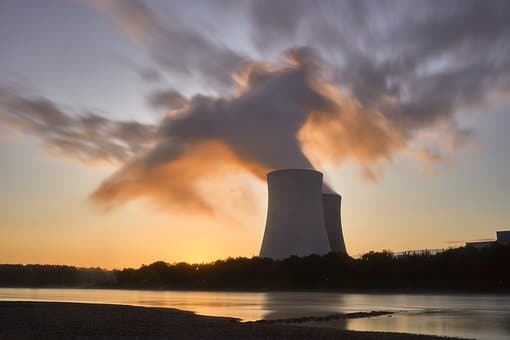New Jersey Ratepayer Advocate Cautions About Double Payments Under Nuclear Subsidy Due to Carbon Market Entry, Wholesale Market Reforms

The New Jersey Board of Public Utilities must take a hard look at the ratepayer impact of nuclear subsidies as the state’s reentry into the regional carbon market and pending wholesale market initiatives will likely increase revenue for the nuclear units receiving zero emission credits, or ZECs, according to the Division of Rate Counsel. Those increased revenues should be deducted from the ZEC subsidy if they are based on the units’ fuel diversity, resilience, air quality, or other environmental attributes, the agency noted.
The board awarded $300 million in annual subsidy for a three-year period to the Hope Creek, Salem I, and Salem II nuclear power plants in April after determining that the facilities could close within three years due to financial distress. If the plants wish to continue receiving subsidies, they must demonstrate their eligibility.
The ratepayer advocate urged the board to consider the value of allowances that the three nuclear units receive for New Jersey re-entering the Regional Greenhouse Gas Initiative, or RGGI, the multi-state carbon trading program that the state left in 2012. Although the plants will not get direct payments, they will receive receive a “real and clearly intended benefit” from RGGI, a market-based emission-trading program that requires fossil-fueled power plants to buy allowances equal to the number of tons of carbon dioxide they emit. As nuclear plants do not pay this charge, entry into RGGI puts them at a competitive advantage to carbon-emitting power plants, translating to additional revenue.
Further, if the Federal Regulatory applies a minimum offer price rule, or MOPR, to these state-subsidized nuclear units in the wholesale market, the units could clear at a higher bid price, driving up the capacity market clearing prices, and receiving more capacity revenue than they would have absent the MOPR. PJM Interconnection LLC is considering energy price formation, fuel security, and valuation of resiliency attributes, all of which would benefit nuclear plants. Unlike a straight subsidy based on megawatts produced, these changes would be market reforms designed to produce higher revenues for “generation units exhibiting favored attributes,” the rate counsel noted.
The 1.2-gigawatt Hope Creek Nuclear Generating Station is owned by Public Service Enterprise Group, and the 2.3-gigawatt Salem Nuclear Power Plant is co-owned by Public Service and Exelon Corporation. The plants supply about 32 percent of the state’s energy mix and 90 percent of the state’s carbon-free energy.
EnerKnol Pulses like this one are powered by the EnerKnol Platform—the first comprehensive database for real-time energy policy tracking. Sign up for a free trial below for access to key regulatory data and deep industry insights across the energy spectrum.
ACCESS FREE TRIAL